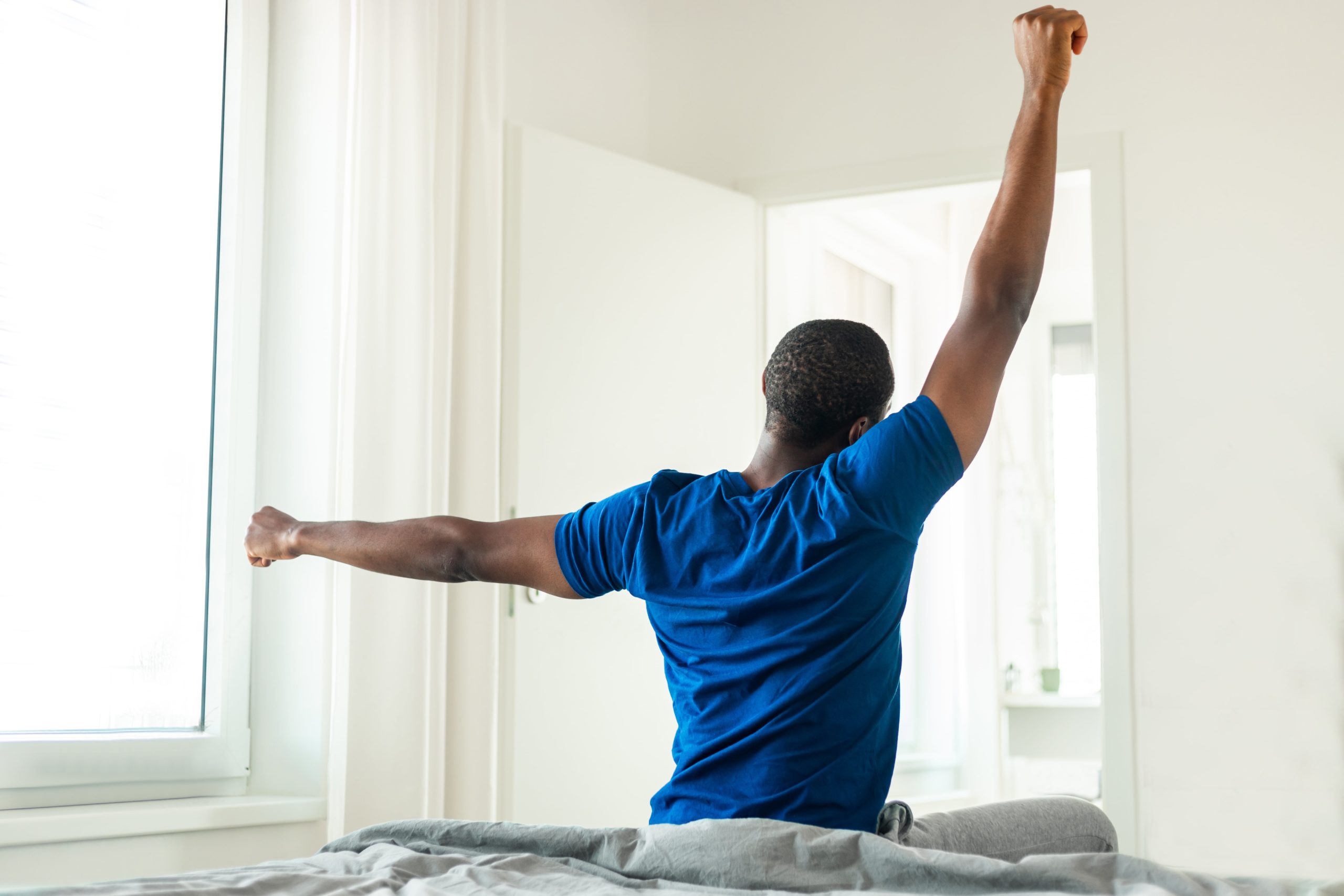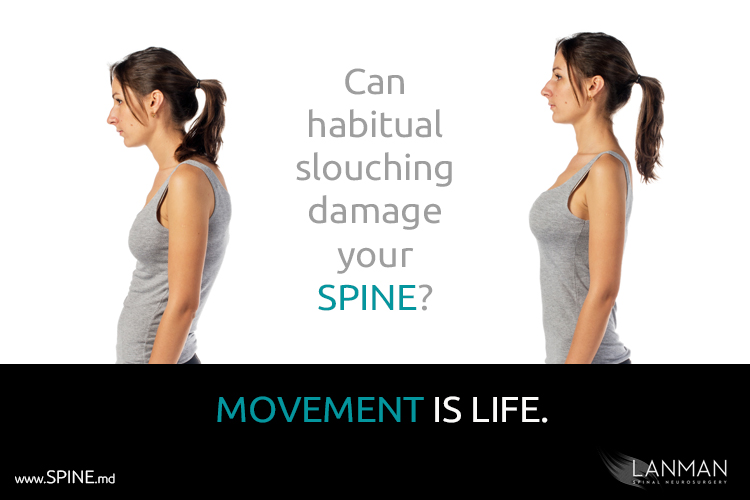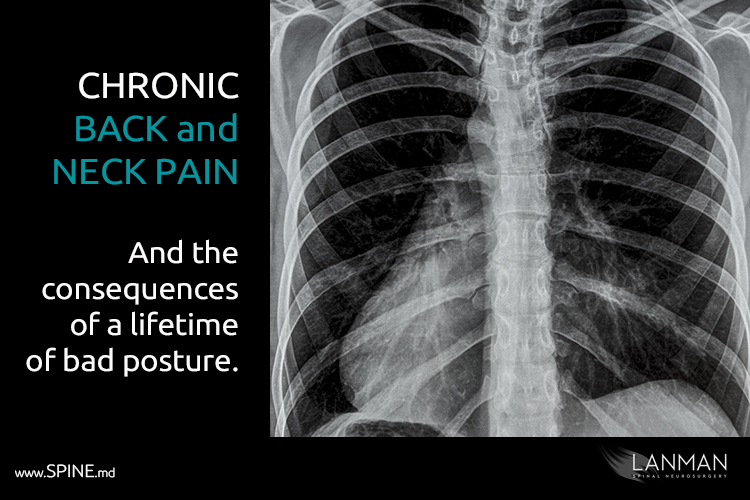MYTH: Bad posture causes scoliosis. You cannot get scoliosis from bad posture, but that doesn’t mean bad posture is healthy for you, either. We still don’t know what causes scoliosis in more than 80% of cases, but we do know that bad posture is not a major cause.
Can You Get Scoliosis From Bad Posture
The simple answer is…no. Bad posture does not cause scoliosis. People who have scoliosis may appear to have poor posture—uneven shoulders, uneven hips, body leaning to one side—but it is the scoliosis that is causing the abnormal posture, not the other way around. That said, good posture is very important for people diagnosed with scoliosis. While improved posture alone cannot correct scoliosis, poor posture can make scoliosis worse.
What is Scoliosis
Scoliosis is an abnormal, left-to-right curvature of the spine. Instead of being straight, the spine bows out in places to the left and to the right as the column of bones make their way from skull to pelvis. While the spine should normally curve a little forward and backward (kyphosis and lordosis), it should be straight from side-to-side. In scoliosis, the spine takes on a “S” shape when viewed from behind.
What Can Cause Scoliosis
The precise cause of scoliosis is unknown; scoliosis may be congenital, neuromuscular, or idiopathic.
Congenital scoliosis – Congenital scoliosis is scoliosis that is present at birth. That means the spinal abnormalities develop while the person is still in the womb. Congenital scoliosis can be subtle at birth but tends to be more noticeable as the infant develops.
Neuromuscular scoliosis – In neuromuscular scoliosis, disease of the nerves or muscles changes the lateral curvature of the spine. Neuromuscular scoliosis may be caused by muscular dystrophy, spinal muscular atrophy, and cerebral palsy, among other disorders.
Idiopathic scoliosis – Idiopathic scoliosis is scoliosis in which there is no known cause. Unfortunately, 4 out of 5 cases of scoliosis are idiopathic. Typically, idiopathic scoliosis is diagnosed in older children or adolescents when they are screened at school or by a pediatrician. About one in four children with idiopathic scoliosis will have back pain before the condition is diagnosed.1
Bad Posture is Bad for You
While bad posture does not cause scoliosis, it is still a good idea to develop and maintain good posture. Poor posture is associated with neck pain, upper back and shoulder pain, low back pain, decreased lung capacity, and depressed mood. “Text Neck” is an increasingly recognized condition brought on by looking down a smartphones and other screens for extended periods.5
Tips for Good Posture
Unless we think about it, posture tends to find its own way. In other words, we tend to sit in the same way each time and walk in the same way with every step whether it is healthy or not. So, the first way to improve posture is to think about posture. Think about posture when you sit at your desk. Your neck should be in a neutral position when your eyes are level with the middle of your monitor. Sit up straight; your back should be at 90 degrees relative to your thighs. Likewise, your knees should be bent at a 90-degree angle and your feet should rest flat on the floor.
When you walk, stand up tall and keep your shoulders back. Keep your neck neutral, your spine straight, and your stomach muscles slightly contracted (like you are trying to hold in your stomach). Maxing sure your core muscles are strong can help improve your posture and protect you lower back.
Perform flexibility exercises at least once a day. Bend, flex, and rotate the joints in your arms, legs, neck, back, and pelvis. Lengthen your muscles through daily stretching. Yoga poses and Pilates are excellent for improving strength, flexibility, and posture.
Conclusion
Bad posture does not cause scoliosis, but bad posture can make existing scoliosis worse. Unfortunately, people with scoliosis cannot correct their scoliosis by adopting good posture. Many people with scoliosis will need bracing and/or spine surgery to correct their scoliosis. However, good posture is important for everyone, especially people with scoliosis, to avoid the problems associated with bad posture such as neck and low back pain.







